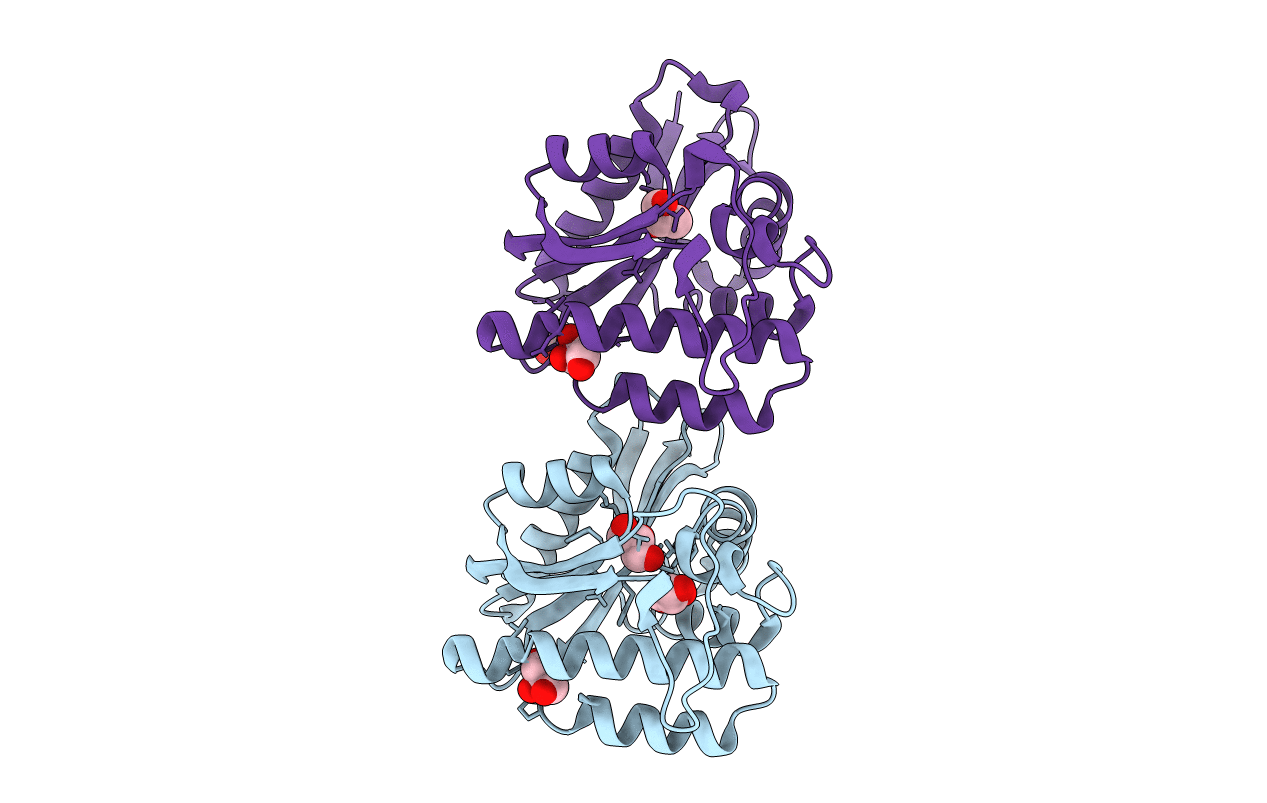
Deposition Date
2012-05-26
Release Date
2012-06-27
Last Version Date
2024-04-03
Entry Detail
PDB ID:
4FD4
Keywords:
Title:
Crystal structure of mosquito arylalkylamine N-Acetyltransferase like 5b
Biological Source:
Source Organism:
Aedes aegypti (Taxon ID: 7159)
Host Organism:
Method Details:
Experimental Method:
Resolution:
1.95 Å
R-Value Free:
0.25
R-Value Work:
0.20
R-Value Observed:
0.21
Space Group:
P 21 21 21


